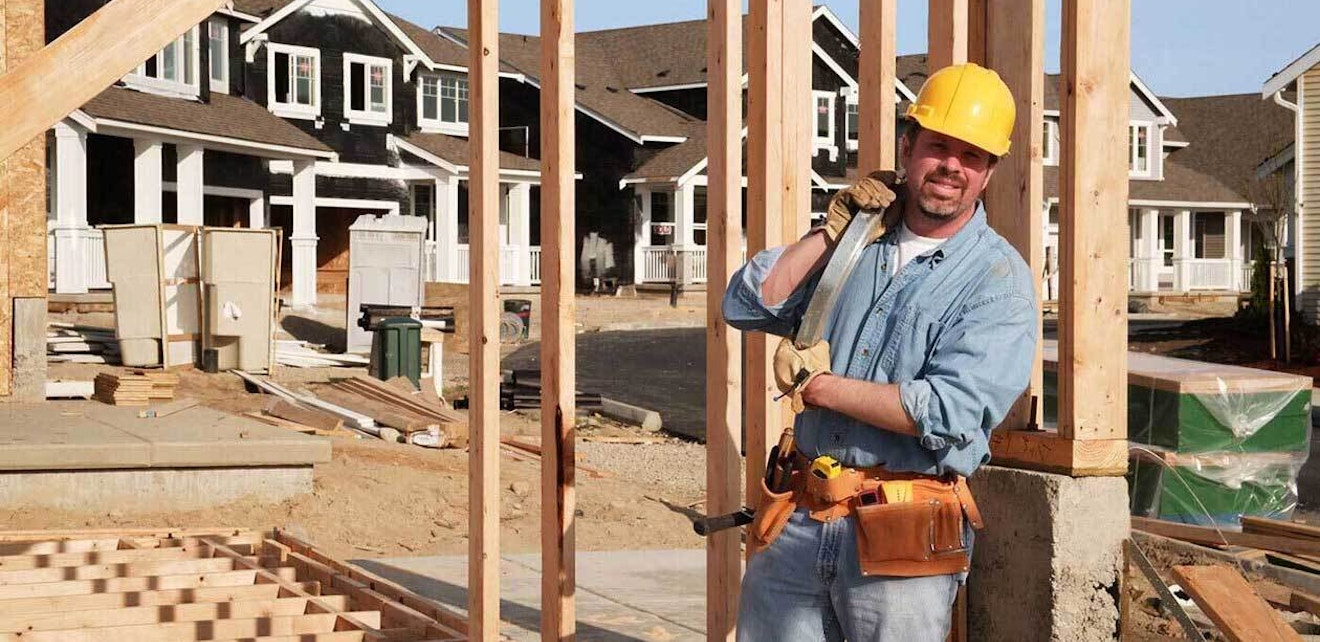Home > Blog
Read Time — 6 minutes
Cutting Your Build Cycle by Mapping to Critical Path

Becoming more efficient in your operation impacts your bottom line—and reducing cycle time is one of the best ways to improve this. In a recent MarkSystems webinar, “Cutting Your Build Cycle by Mapping to Critical Path," Carrie Roeger shows how cutting your cycle time can positively impact your bottom line.
What is cycle time?
The amount of time required to proceed from one defined point in a process to another. The cycle time includes value-added plus non-value-added steps.
It’s important to set out a defined point where to start in the process. In this blog, the focus is on the construction build cycle time. Using foundation as a starting point introduces a wide variety of issues, e.g., weather-related, trade bases, etc. You have variances in your cycle time that impact how you analyze it. To get a more concise measurement, define the starting point as when framing starts and end at the certificate of occupancy. You can use the events during this time to monitor and adjust to make sure that you’re improving on your cycle time.
Benefits of improving cycle time
There are some obvious benefits of improving cycle time, including increased productivity, decreased costs, and increased time for more production or new opportunities. All of this translates into adding to your bottom line.
Each day of efficiency translates to a dollar value, and when multiplied by the number of homes completed in a year, it can have a significant multiplier effect. If you’re building 250–500 homes a year, you could make 250 times improvement to the entire operation by making improvements to your build cycle time.
For example, if your carrying cost per home is $260 per day, you build 100 homes a year, and it takes 180 days to complete a home, by reducing the cycle time by just two days, you can add $52,000 to your bottom line. Also, you can build one more home per year.
How to improve cycle time
Given the financial benefits of reducing cycle time, you want to find a way to improve it in your business:
Ask your trade partners. One action you can take in improving your cycle time is to ask your trade partners! Find how you can be more efficient, determine if there are ideas to improve communication or scheduling of the job itself.
Uncover time-consuming waste that is happening during the build cycle. Re-work, dry-runs and no shows, or idle time in the house (where there is no work going on) are all examples of these time-wasting moments during the process that you can try to eliminate. These inefficiencies are expensive, so you need to make sure you are always moving the process forward, every single day.
Process improvement. There are a whole host of processes that have an impact on your cycle time. Communicate across all departments, not just trades, so everyone is getting complete, accurate information promptly. Looking at your non-value-added days, purchasing processes, and choke points, which often show up as crisis management, are other areas you can review.
Identify the critical path
Identifying the critical path is a team exercise. You need to review the entire schedule—look at every task and map it out so everyone can read it. Identify your start and endpoints, with every task in between.
Definition: A critical path is each task that must happen before any other task is happening (there can be multiple critical paths). For example, framing is an example of a critical path. If framing doesn’t start and end on time, it delays the rest of the project.
Once you have set your critical path, you need to review:
- Lead time for supply drops or trade scheduling. Figure out when you need the material or trade partner to arrive and go backward in the timeline to map out order dates or when you need to communicate with your trade.
- Look at ways you can combine your tasks and trades. Is it possible to have trades working simultaneously, but maybe in the different areas of the house?
- Order events so you can identify the dependencies. What are the critical items that must happen for other tasks to happen?
- Separate interior and exterior timelines. While these tasks usually run concurrently, by mapping these out separately, you may discover that an “exterior task” may delay a, “interior task.”
Test, track, and adjust
Once you’ve identified your critical paths, you take all the scheduling information you have developed, merge it, and test it out on a project. You need to set a new build cycle goal, monitor the variance and trade scheduling, and look at different choke points.
By running this test, you want to make sure you’re solving the issues you identified and not creating new ones—so track and monitor every day.
Control quality!
There is a saying: you can have it on time, on budget, or have quality. But you can’t have all three.
However, you shouldn’t have to sacrifice quality if you’re taking waste out of the schedule. Your build quality should still be the same. There are two ways to reduce cycle time while maintaining quality:
- Use checklists to pass inspections or for verifying quality along the way
- Communicate your expectations with your trade partners and hold them accountable
When cutting your build cycle time, it’s important to separate tasks, identify issues, and set up a tracking mechanism. When you find the problem, don’t wait until starting the next house to fix it. Houses under construction may run into the same issue so take advantage of what you’ve learned and apply it to active schedules. Capture the savings and reduce the cycle time once again.
Watch the on-demand webinar with Carrie Roeger, Cutting Your Build Cycle by Mapping to Critical Path, to learn how to analyze and shorten your build cycle to increase efficiency and profitability.
Watch On-Demand


